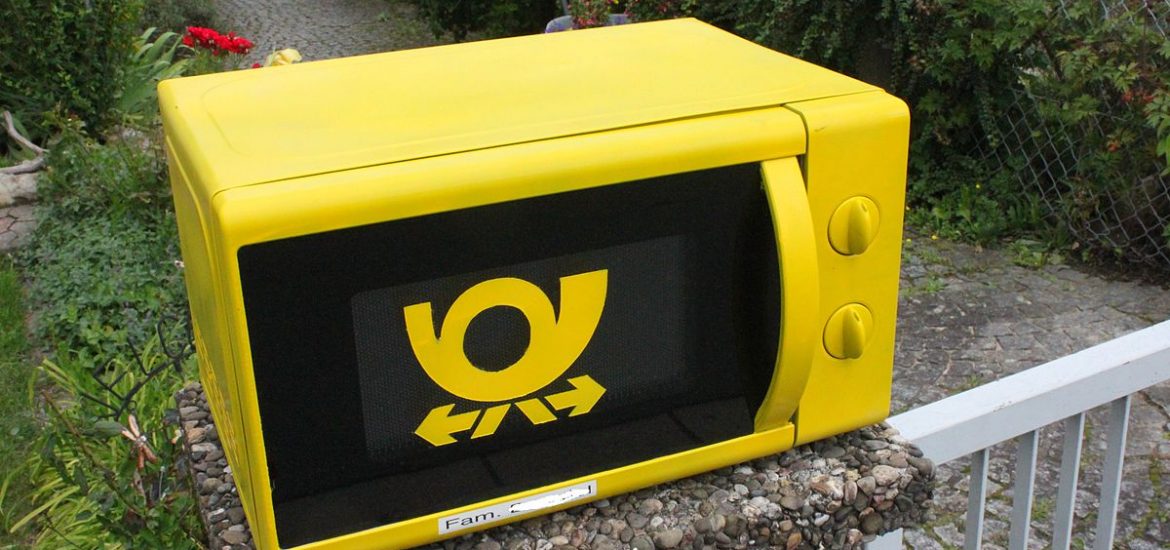
Europe’s microwave ovens emit as much carbon as nearly 7 million cars, a study has estimated.
As costs fall and kitchen appliances become “status” items, owners are throwing away microwaves after an average of eight years, pushing rising sales, University of Manchester research argues. Emissions of carbon dioxide at every stage of microwaves, from manufacture to waste disposal, were estimated.
It was, however, pointed out that car pollution dwarfs microwave output and there are at least 32 million cars on the roads in France, 37 million in Italy and 45 million in Germany.
“It is electricity consumption by microwaves that has the biggest impact on the environment,” the research paper said.
Researchers said it was necessary to look at specific EU regulations targeting microwave design.
“Efforts to reduce consumption should focus on improving consumer awareness and behaviour to use appliances more efficiently. For example, electricity consumption by microwaves can be reduced by adjusting the time of cooking to the type of food,” the study said.
The research said microwaves across the EU consumed an estimated 9.4 terawatts per hour of electricity every year: the equivalent to the annual electricity generated by three large gas power stations.
Each year more microwaves are sold than any other type of cooker in the EU with annual sales expected to reach 135 million by 2020.
David Reay, professor of carbon management at the University of Edinburgh, said the damage done by microwaves was dwarfed by the impact of cars. “Yes, there are a lot of microwaves in the EU, and yes they use electricity,” Reay said. “But their emissions are dwarfed by those from cars – there are around 30 million cars in the UK alone and these emit way more than all the emissions from microwaves in the EU. Latest data show that passenger cars in the UK emitted 69 million tonnes of carbon dioxide equivalent in 2015. This is 10 times the amount this new microwave oven study estimates for annual emissions for all the microwave ovens in the whole of the EU.”
Microwaves use less electricity than any other form of cooking. uSwitch, a price comparison website, lists microwaves as the most energy efficient form of cooking, followed by a hob and then an oven. It advises readers to buy a microwave if they do not have one and asked owners to switch them off at the socket after use, to save on electricity powering the clock.
The Manchester report said the lifespan of microwaves had reduced by nearly seven years over the last 20 years to 6 to 8 years. By 2020 16 million microwaves are expected to be thrown out each year.
“Given that microwaves account for the largest percentage of sales of all types of oven in the EU, it is increasingly important to start addressing their impact on resource use and end-of-life waste,” said Alejandro Gallego-Schmid, one of the researchers.
A microwave used as a letterbox. Picture credit: Wikimedia





